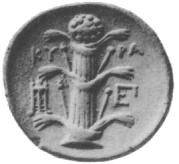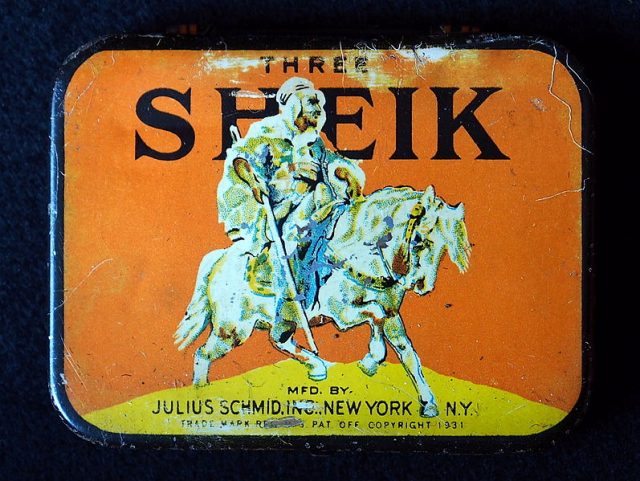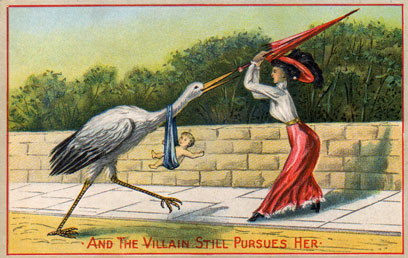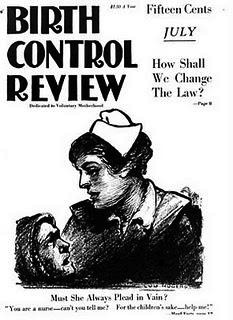For millennia, humans have tried different methods of birth control to control their fertility, although some of the ways used in the past were certainly less reliable than what is available today. Although condoms have been around since ancient times, their primary use was to avoid the spread of disease rather than to avoid pregnancy.
The earliest recorded use goes back to Ancient Crete where King Minos is thought to have used a goat’s bladder. The ancient Egyptians made theirs from linen and liked to decorate and dye them different colors to denote the wearer’s rank and social status. Animal intestines were the most common material until the 19th century when the Goodyear Company, more famous for making tires, developed the first rubber condoms.

But for thousands of years, women have taken matters into their own hands, seeking out a variety of herbs and potions to avoid pregnancy. Sometimes this would be done without their husband’s knowledge. A large family could be seen as a status symbol for a man as well as evidence of his virility.
And growing children often provided additional hands to help work the land. Husbands might see no need to limit the size of his family. For women, of course, repeated pregnancies meant pain, hard work and the very real possibility of death during childbirth.

Common methods included pessaries made from strange substances believed to obstruct the sperm and prevent fertilization. Popular choices from ancient Mesopotamia to the Middle Ages included honey, acacia gum, lily root, rue and crocodile dung. Interestingly, acacia has since been found to have some spermicidal properties although it is unlikely to have been effective when used in this way.
All sorts of plants and potions were ingested. These included date palm and silphium, a type of fennel that was popular in ancient Greece. It only grew in a small specific area and became quite rare — and very expensive because of its supposed contraceptive properties.

While most of these were merely ineffective, others were potentially poisonous. Drinking a solution of copper salt dissolved in water was supposed to give the woman a year’s protection.
In 7th century China a mixture of oil and quicksilver (mercury), to be drunk daily, was recommended. In medieval times women wishing to avoid pregnancy could consult the local herbalist or wise woman. This had to be done in secret. Women who offered advice and remedies were often accused of witchcraft and risked torture or death if found out.

Another popular and equally useless method was douching. The practice was based on the belief that sperm could be rinsed away. However, even if it was carried out immediately after sex it would be too late as the sperm were already well on their journey to reach the egg. Despite its lack of effectiveness, the practice continued well into the 20th century.
Related Video: Dolly Parton’s Risky Playboy Shoot – A Surreal and Serious Gamble for Her
https://youtu.be/yHyMo20JrOM
There was even a myth that douching with coca cola made the procedure more effective. In 2008 research showed that this was pure nonsense, and that Coca Cola had no spermicidal properties.

What is perhaps most surprising is that such a subject merited scientific study and that the results were even reported in the highly respected British Medical Journal.
When the contraceptive pill was first introduced in the 1960s it was initially made available to married women who already had children. The idea was to limit family size, not, as the government feared, to encourage free love and promiscuity.
Read another story from us: The 7 Worst Pieces of Sex Advice Dispensed Throughout History
So it is not surprising that increasing access to birth control via the internet is causing some debate. However, it is only a matter of time before it becomes the norm and no doubt the controversy will settle down until the next new development.
